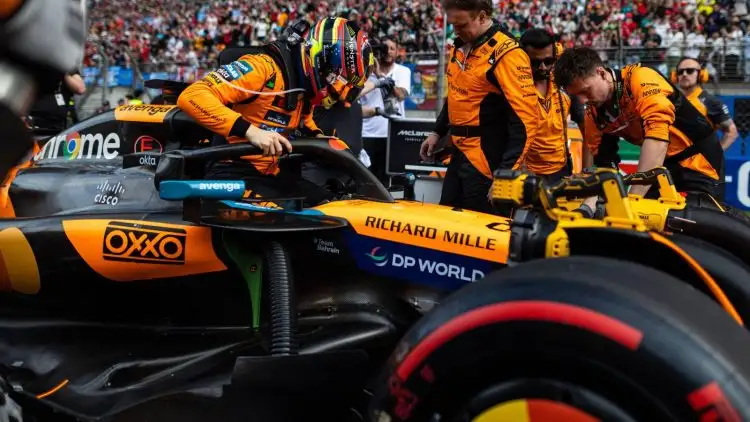
McLaren’s innovative rear wing design has recently come under intense scrutiny amid Formula 1’s ongoing “flexi-wing” controversy. This design, observed during the Azerbaijan Grand Prix, appears to flex at high speeds, effectively reducing drag and enhancing straight-line performance—a phenomenon likened to a “mini-DRS” effect.
The Fédération Internationale de l’Automobile (FIA), Formula 1’s governing body, has initiated an investigation into this feature. While McLaren’s MCL38 has successfully passed all standard deflection tests, concerns persist that the wing’s on-track behavior may exploit regulatory gray areas.
Addressing the controversy, McLaren CEO Zak Brown emphasized that the team’s success is not solely attributable to the flexible wing. “It’s completely natural for people to be looking at our car right now and drawing their own conclusions, many of which are wrong,” Brown stated, underscoring that the team’s achievements stem from a comprehensive engineering approach rather than reliance on a singular component.
In response to the broader flexi-wing debate, the FIA has announced the implementation of new load tests aimed at curbing excessive wing flexibility. These measures, introduced in January 2025, are designed to ensure compliance and maintain fair competition across all teams.
As the season progresses, the effectiveness of these regulatory adjustments will be closely monitored, with particular attention on how teams like McLaren adapt their designs to align with the updated standards.







